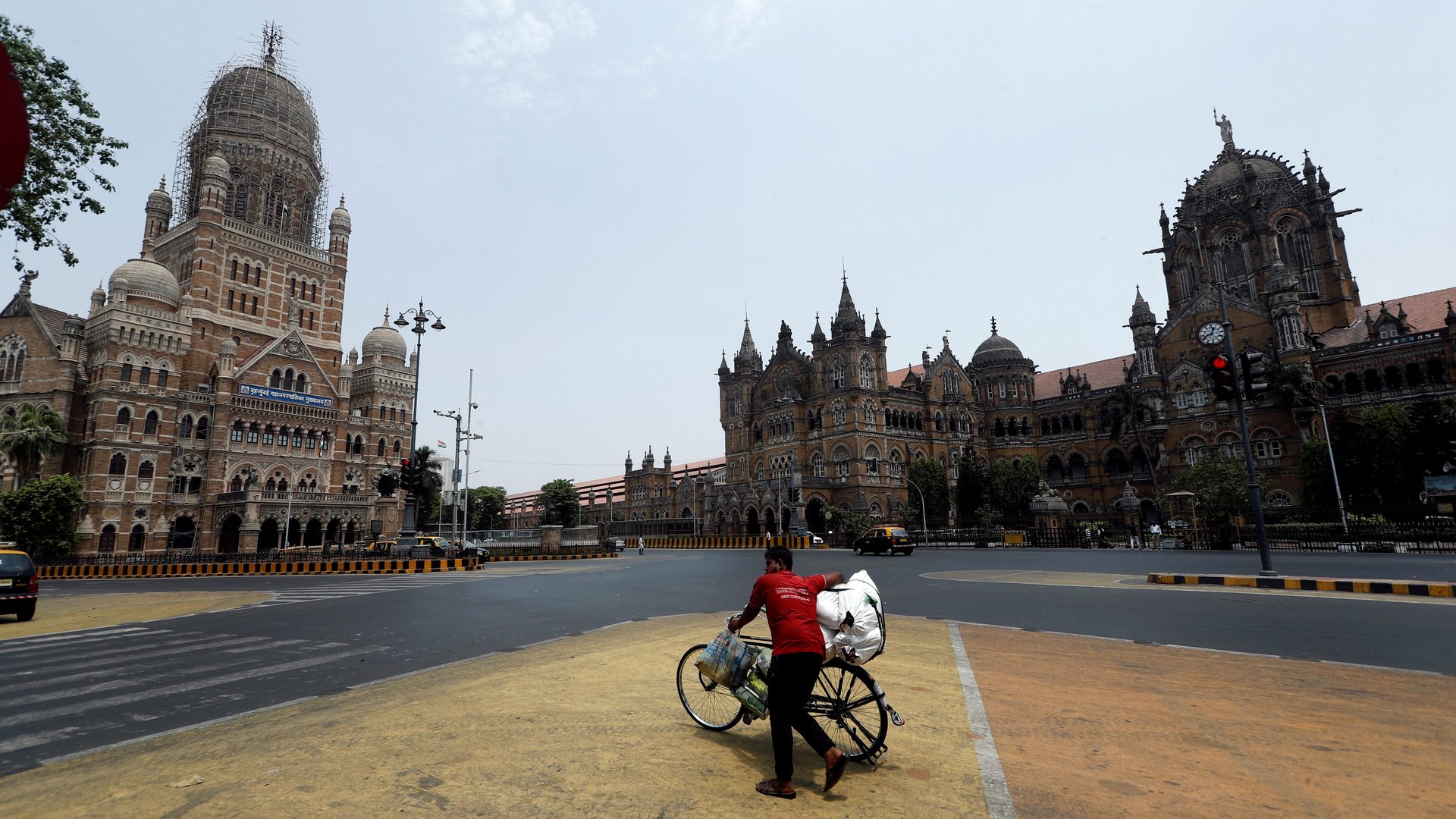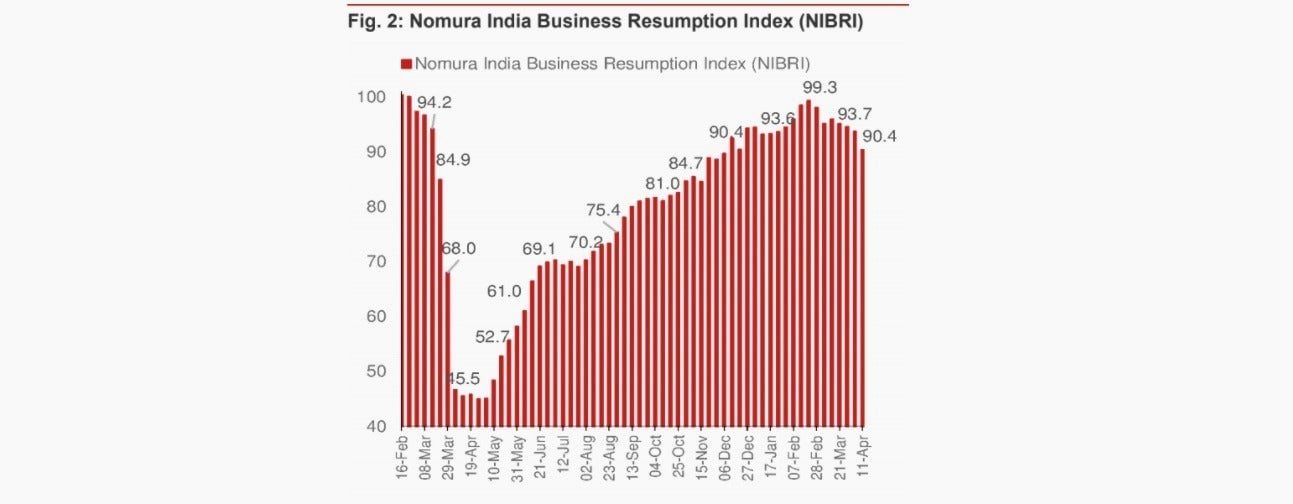Charted: The second wave of Covid-19 has started taking a toll on India’s economy
After a hasty and unplanned two-month-long lockdown in 2020 pushed the Indian economy into a technical recession, the Narendra Modi government has made it amply clear that it does not plan to implement a similar measure now even as the country is in the grips of a brutal second wave of Covid-19. In fact, on April 21, prime minister Modi told state chief ministers that they must use lockdowns as the last resort to stop the spread of coronavirus.


After a hasty and unplanned two-month-long lockdown in 2020 pushed the Indian economy into a technical recession, the Narendra Modi government has made it amply clear that it does not plan to implement a similar measure now even as the country is in the grips of a brutal second wave of Covid-19. In fact, on April 21, prime minister Modi told state chief ministers that they must use lockdowns as the last resort to stop the spread of coronavirus.
But this dismissal of lockdowns does not mean this wave will leave India without serious economic destruction.
Several indicators show that India’s economy is already feeling the stress of the ongoing deadly pandemic wave. While some of this impact is due to local-level restrictions that some state governments have imposed, others are because citizens are choosing to stay indoors.
Railway and road movement
Over 30% of all industrial goods in India are transported via trains. So, railway freight volumes become an important indicator of economic activity in the country.
With many parts of India, including metro cities like Mumbai and Delhi, under state government-imposed lockdowns, daily average railway freight volumes in India have dropped by 11% month-on-month in April, according to Indian Railways data.
The fall in railway freight volume could also be an indicator of falling demand in parts of the country.
Besides railway freight, transportation of goods through roadways also slowed during April.
The average number of daily e-way bills generated in April so far is around 2 million as compared to 2.3 million in March. These bills are necessary for moving goods from one state to the other via road.
Besides goods, people’s movement has also reduced.
Curfews curb mobility
With partial and full curfews imposed in certain Indian cities, the number of people moving out of their homes has dropped.
As per Apple’s driving index, which is compiled monthly on the basis of the number of requests made on Apple Maps for directions, Indians across major cities are commuting far lesser in April than in the previous three months.
Unemployment on the rise
One of the biggest impacts of the lockdowns in 2020 was a sharp rise in unemployment, especially in the unorganised sectors. In April 2020, unemployment in India spiked to 23%.
However, as the country reopened, the job market started recovering and by February 2020, the unemployment rate fell to 6.9%.
This month though, the unemployment rate has gone up to 8.40%. The crisis is being felt most in urban parts of the country, where the joblessness is above 10%.
Weak business activity
All these headwinds reflected in Nomura’s India Business Resumption Index, which shows that the business activity in India has taken a beating. The index takes into account parameters such as Google mobility indices, Apple’s driving mobility data, power demand in India, and the labour force participation rate.
On April 11, the index fell to 90.4 from 99.3 in the first week of February.

“Both the pandemic situation and its impact on growth continue to evolve as a higher rise in cases is increasing public and private proclivities towards restricted mobility,” Nomura’s report said.